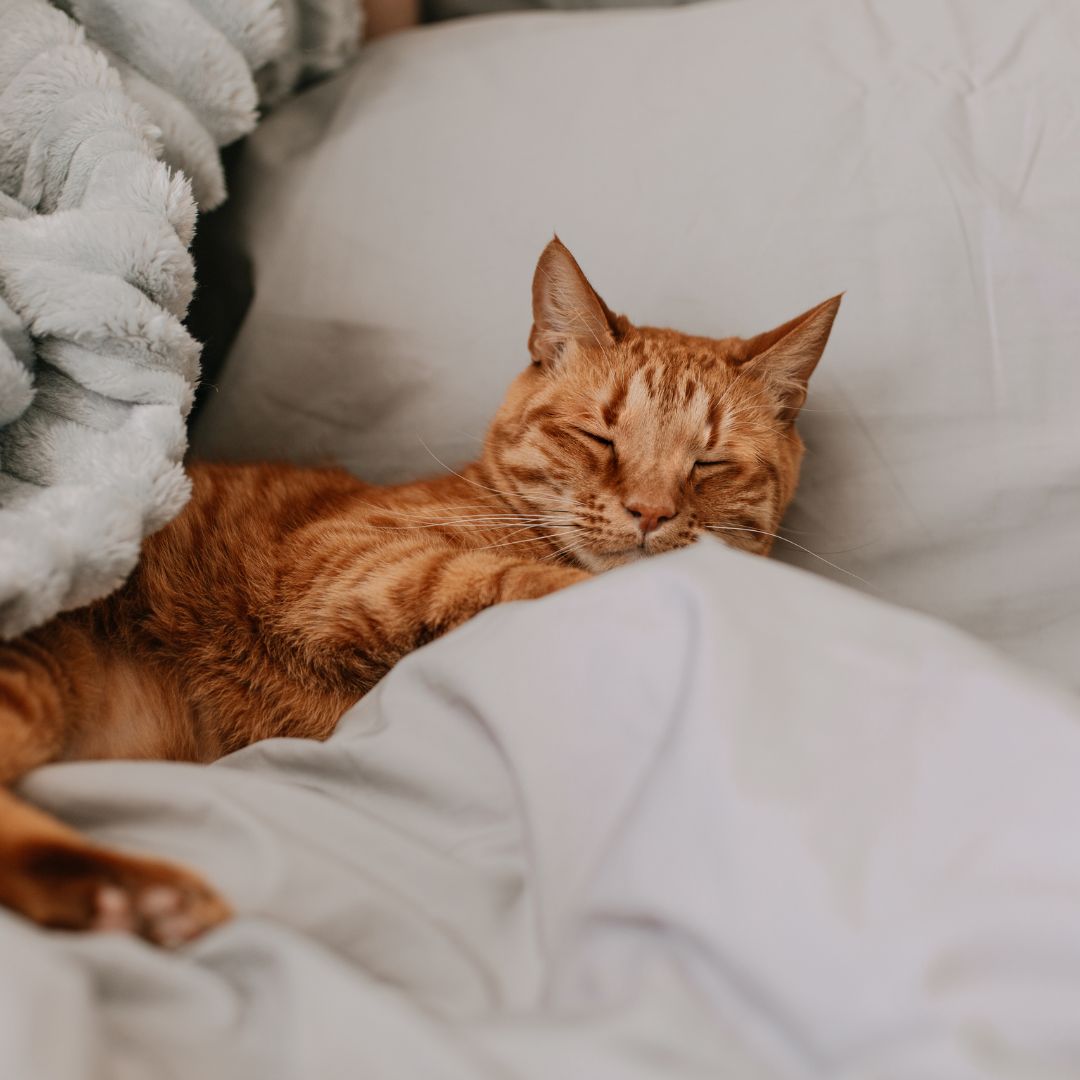
Cat Twitching In Sleep
Share
Ever caught yourself watching your cat sleep, witnessing their adorable twitching and sudden movements? You might have wondered what goes on in their minds during those moments. Do cats dream like humans do? Let's stay awake a bit longer and delve into the fascinating world of feline slumber to find out!
All About Cat Naps
Cats are experts at the art of napping, devoting a significant portion of their lives to sleep. With approximately 16-18 hours of slumber per day, they certainly know how to indulge in some quality rest! This means they spend more than half of their day catching Z's.
Moreover, cats enter the REM (Rapid Eye Movement) state every 25 minutes, a stark contrast to humans who enter it roughly every 90 minutes. This frequent REM cycle suggests that cats not only sleep a lot but also likely spend a considerable amount of time dreaming!
The REM Experience
Cat dreaming primarily occurs during Rapid Eye Movement (REM) sleep, much like in humans. This gives us insight into their state of mind during these periods. However, dreams outside of REM tend to be less vivid and segmented.
Age and Twitching
Kittens experience more dreams and twitching, which diminishes as they age. This decline in twitching corresponds with their maturation process.
Normalcy of Twitching
Twitching during deep sleep is normal and indicative of muscle atonia lapses, akin to humans experiencing muscle movement during sleep.
Understanding Twitching
Muscle atonia, while intended to immobilize during sleep, doesn't always fully suppress movement, leading to twitching.
When to Worry
While twitching is usually harmless, it can indicate underlying medical issues such as epilepsy. Distinguishing between seizures and sleep apnea is crucial.
Cat Seizures
Seizures last longer, often accompanied by involuntary movements and excessive drooling. CBD oil may help manage seizures in some cases.Sleep Apnea
Similar to seizures but differs in frequency and duration of symptoms. Monitoring these factors helps differentiate between the two conditions.
